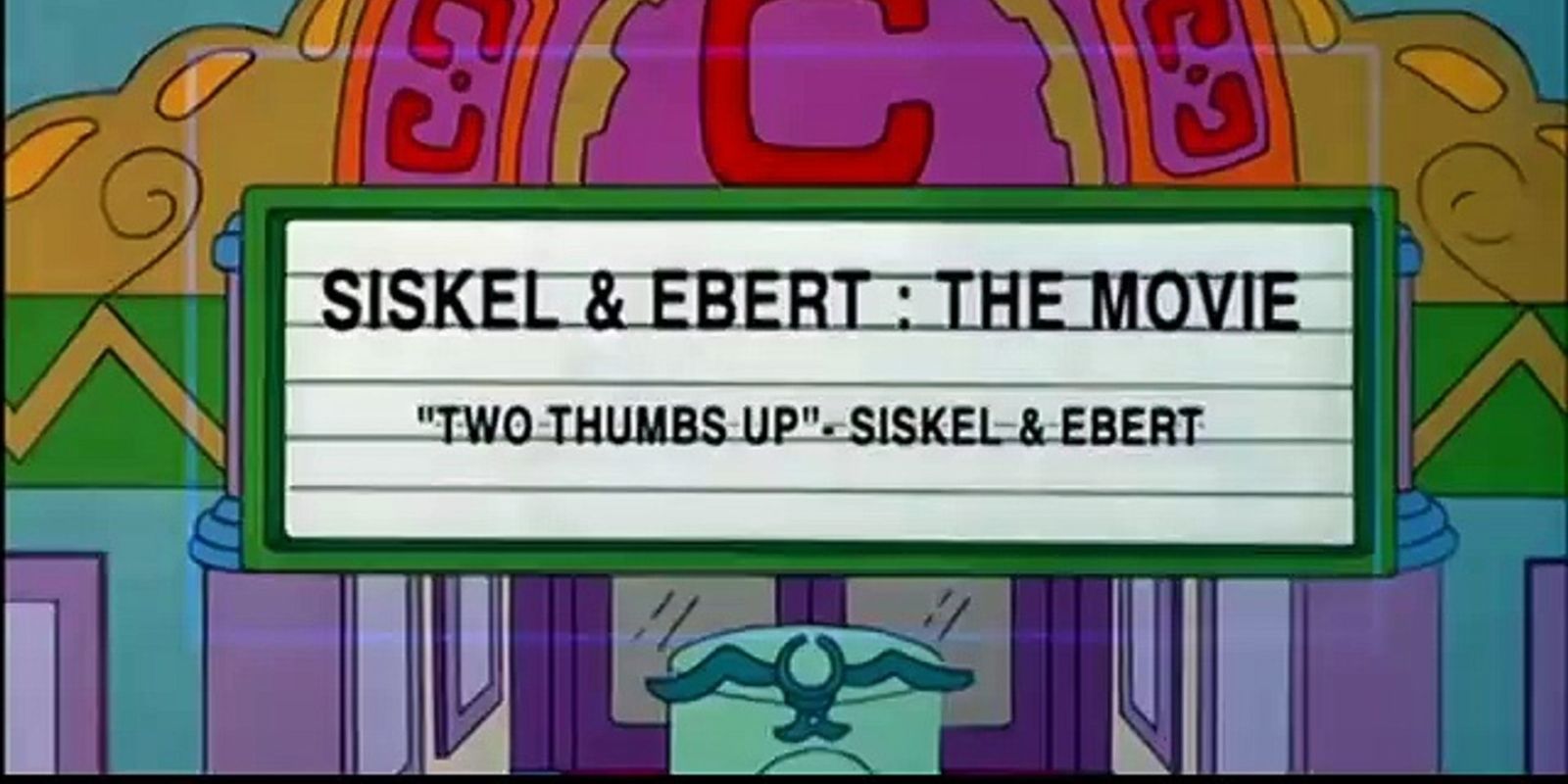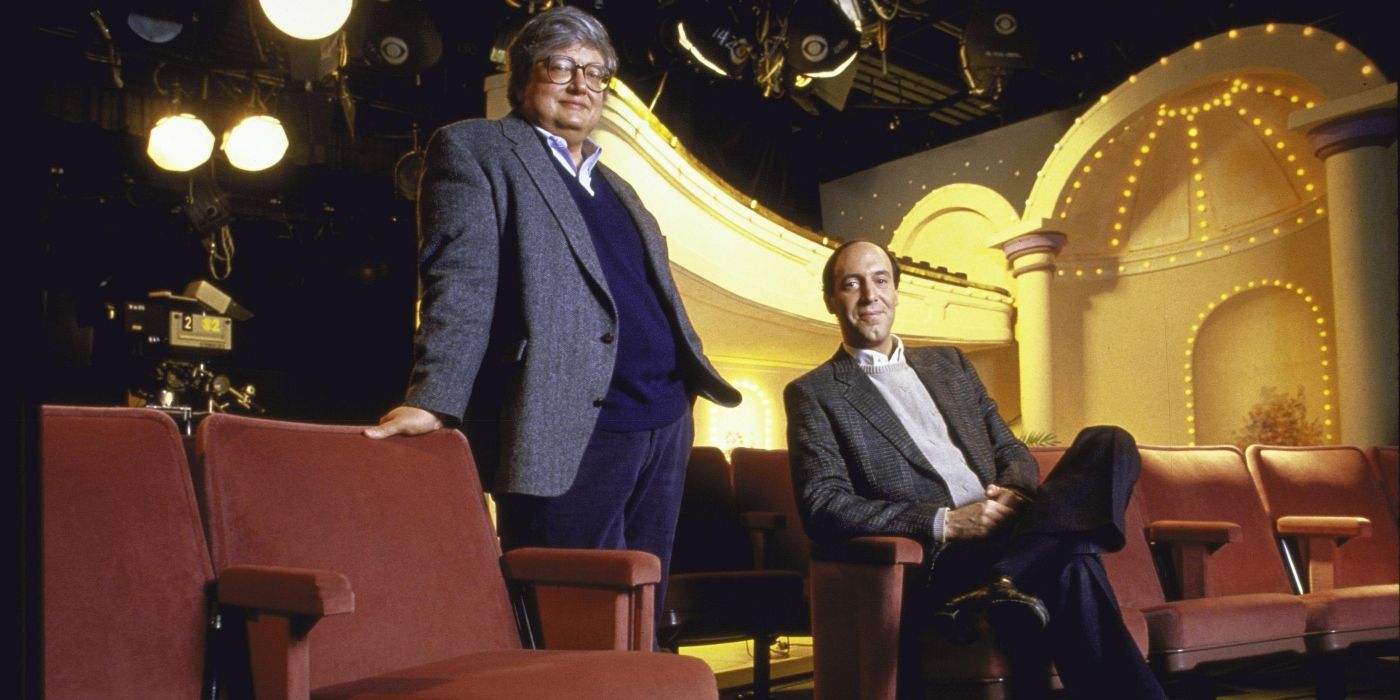It became an iconic element of their show, so what are the origins of Siskel & Ebert's famous "Two Thumbs Up" rating system? Roger Ebert and Gene Siskel need no introduction among film fans as they, alongside other notable critics like Pauline Kael, helped define the art of film criticism. Siskel and Ebert were actually professional rivals when they first came together to host a Chicago PBS movie review show that was eventually titled Sneak Previews.
Siskel wrote for the Chicago Tribune while Ebert wrote for the Chicago Sun-Times, so the tension they felt as rivals often spilled over on camera. The two critics would often completely disagree with each over about the merits of a particular movie, which would lead to amusing verbal sparring. After seven years hosting Sneak Previews, they would leave the show for their own series At The Movies in 1982; the duo would later move the show to Disney in 1986.
While Siskel and Ebert would frequently clash verbally over movies, off the air they became close friends. They often refused to make cameos as themselves in movies or TV shows, though they broke this rule for a guest spot on animated show The Critic, from The Simpsons writer Al Jean. Aside from their semi-regular disagreements, easily one of the most famous elements of their show was the thumbs up/thumbs down system to rate a movie.
It didn't happen all that often, but once in a while they would both give a movie two thumbs up to indicate they both liked it. The origin of this system had its basis in Ebert's dislike of ratings in general, and on their old show, they used to employ a simple yes or no vote to indicate if they recommended a film. Ebert once explained that when they moved from the original version of At The Movies over to the Disney produced version, they had to leave behind certain things like the yes/no vote.
Ebert instead suggested they just use a thumbs up or down system, which quickly became their trademark. In fact, Ebert and Siskel eventually trademarked the "Two Thumbs Up" phrase to stop it being misused elsewhere. If a movie poster had "Two Thumbs Up" by Siskel and Ebert on the poster, this was seen as a mark of quality by moviegoers. It went the other way, of course, with two thumbs down being a mark against a movie. Roland Emmerich parodied both the critics and their thumbs system in 1998's Godzilla, and when they both gave thumbs down to David Lynch's Lost Highway, Lynch would quip that was two more great reasons to see his movie.
With the passing of Siskel and Ebert, the "Two Thumbs Up" system has been retired. It's still a major part of their cultural legacy because even while they often disagreed, their love of cinema itself always shone through.


